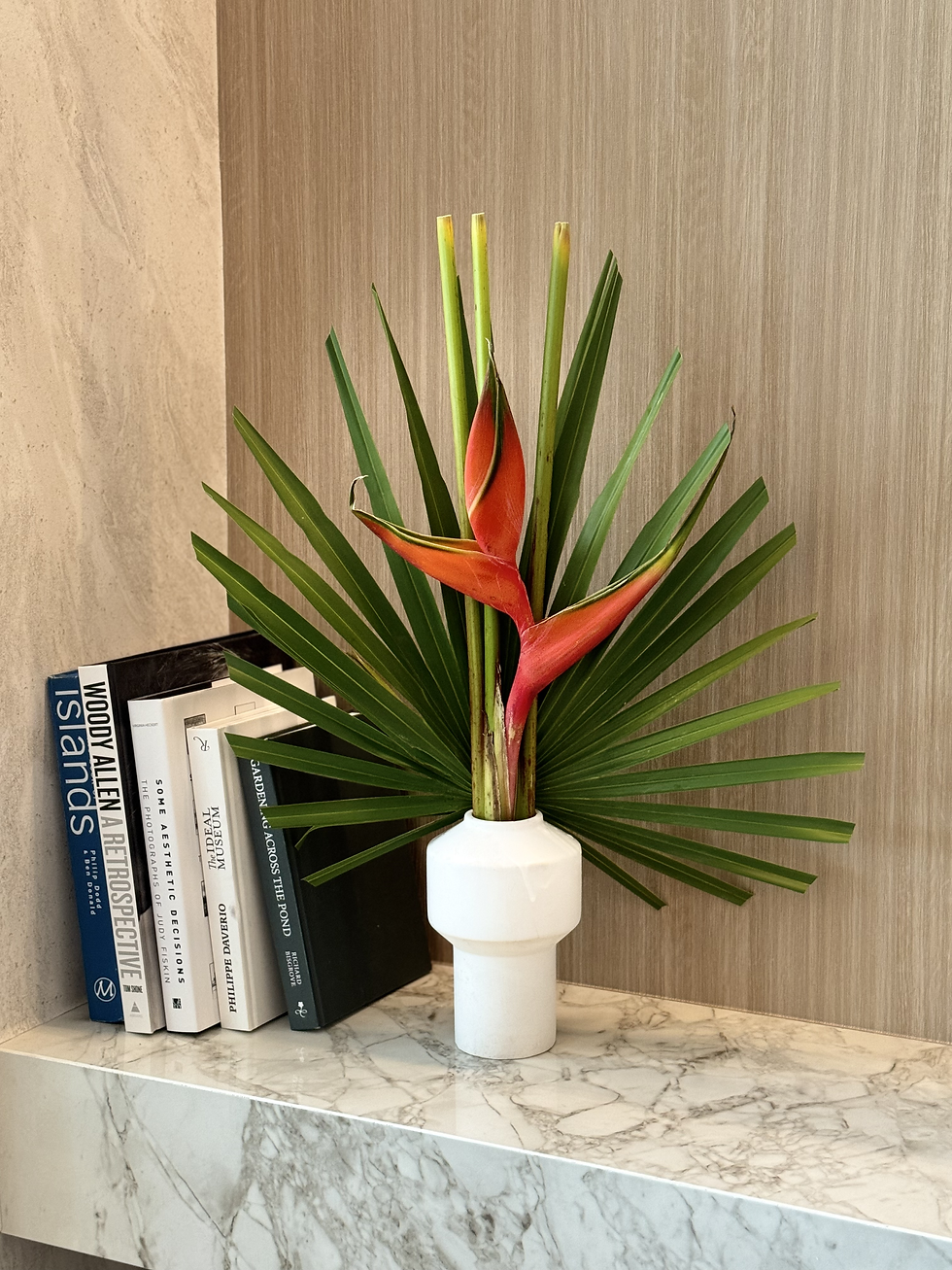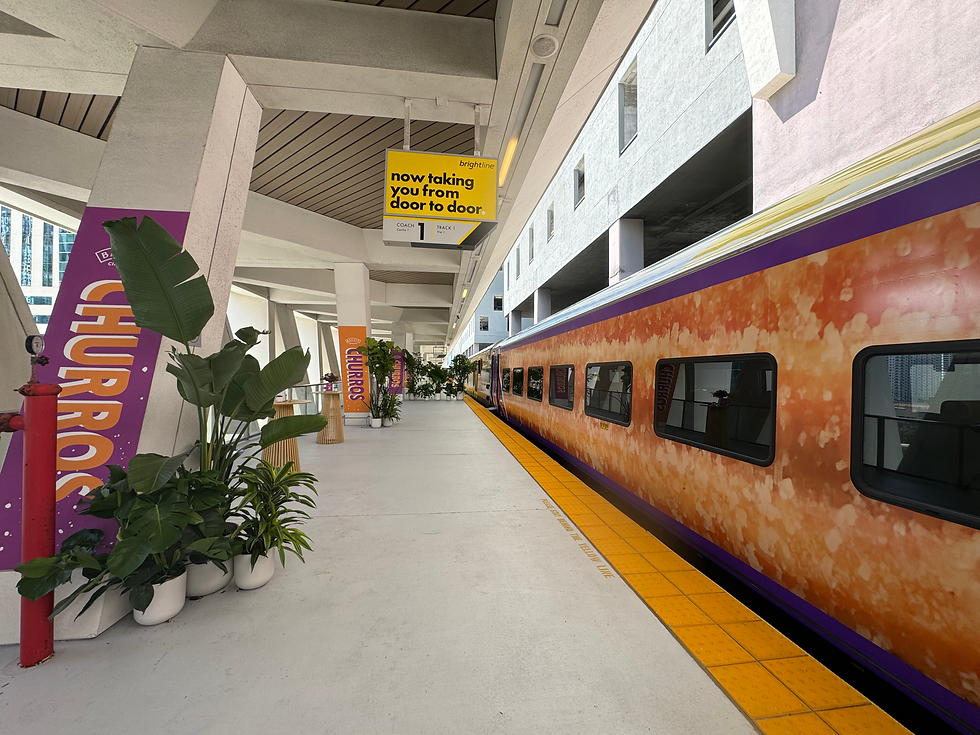The Art of Masculine Plant Design
- Brandon McNamara
- Aug 10
- 2 min read
How structure, shape, and color can transform plants from soft accents into powerful design statements.

When most people think of floral or plant design, they picture something soft, delicate, and decorative. But plants have another side — one that’s bold, architectural, and commanding. Masculine plant design is about harnessing the strength of nature’s lines, textures, and tones to create environments that feel powerful, modern, and refined.
At The Jungle Design, we’ve used masculine plant styling for everything from high-profile sports events to luxury brand activations — crafting designs that resonate with strength, sophistication, and confidence.
1. Structure: Strong Lines and Architectural Shapes
Masculine plant design begins with form. Look for plants with clean lines, angular growth, and striking silhouettes.
Examples: Snake plants, agaves, yuccas, birds of paradise, and large-leaf philodendrons.
Why it works: These shapes draw the eye upward, create presence, and convey stability.
2. Color: Deep, Moody, and Minimal
Instead of bright, cheerful blooms, masculine plant palettes lean toward rich greens, deep burgundies, and muted neutrals.
Examples: Dark-leaf rubber plants, black mondo grass, burgundy cordylines.
Why it works: These colors exude depth and sophistication, pairing well with modern lighting, metal accents, and luxury branding.
3. Texture: Layered Yet Controlled
Masculine design embraces texture but keeps it intentional. Think bold foliage paired with rugged planters in stone, matte black, or brushed metal.
Examples: Pairing spiky dracaenas with smooth-leaf monstera in sleek, oversized planters.
Why it works: Contrasting textures create interest without feeling chaotic.
4. Scale: Bigger is Bolder
In masculine plant styling, scale is your ally. Large, statement-making plants instantly shift the mood of a space.
Examples: Oversized palms framing an entrance, massive ficus trees in industrial spaces.
Why it works: Scale communicates importance and makes guests feel they’ve stepped into something impactful.
5. The Final Touch: Purposeful Placement
Every plant should feel intentional. Symmetry, spacing, and strategic sightlines matter — especially in event spaces where first impressions count.
Why it works: Purposeful placement reinforces the sense of order, strength, and authority.
Masculine plant design isn’t about gender — it’s about mood. It’s perfect for events where you want to communicate strength, modernity, and confidence, from luxury car launches to corporate galas and high-energy sports experiences.
📩 Let’s design your next bold statement. Contact The Jungle Design to create powerful, unforgettable plant styling for your event.
If you’d like, I can also make a shorter, moodier Instagram caption version of this that reads like a teaser for your portfolio, so it hooks event producers right away. Would you like me to do that?




Comments